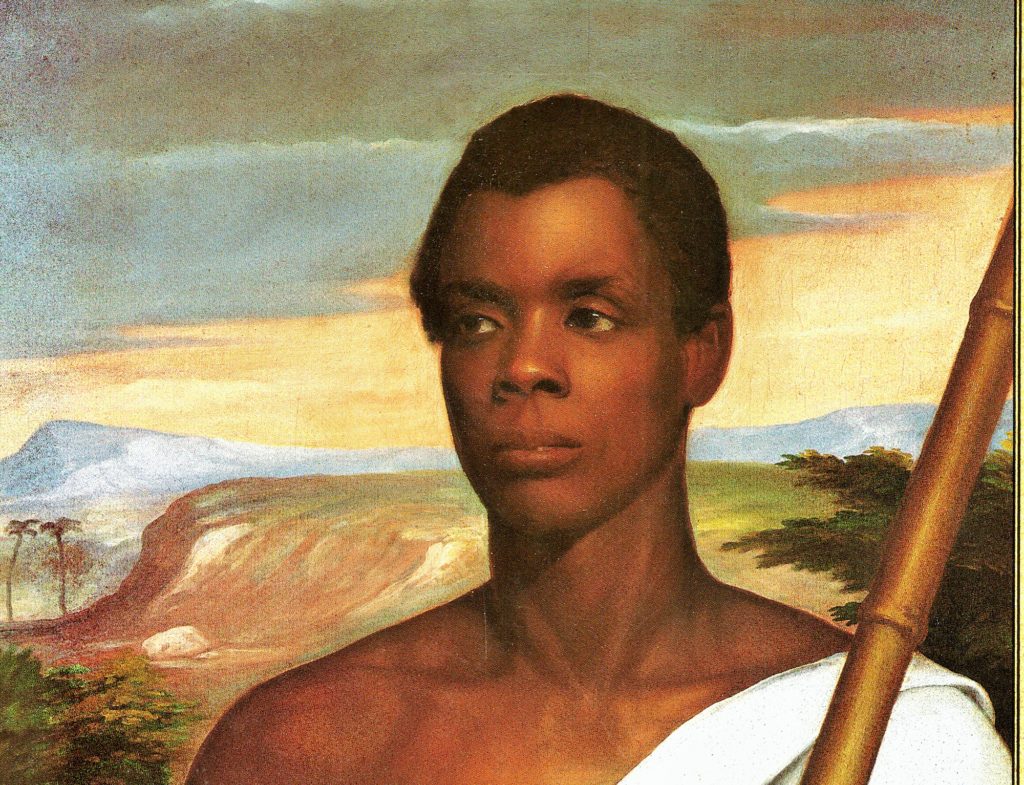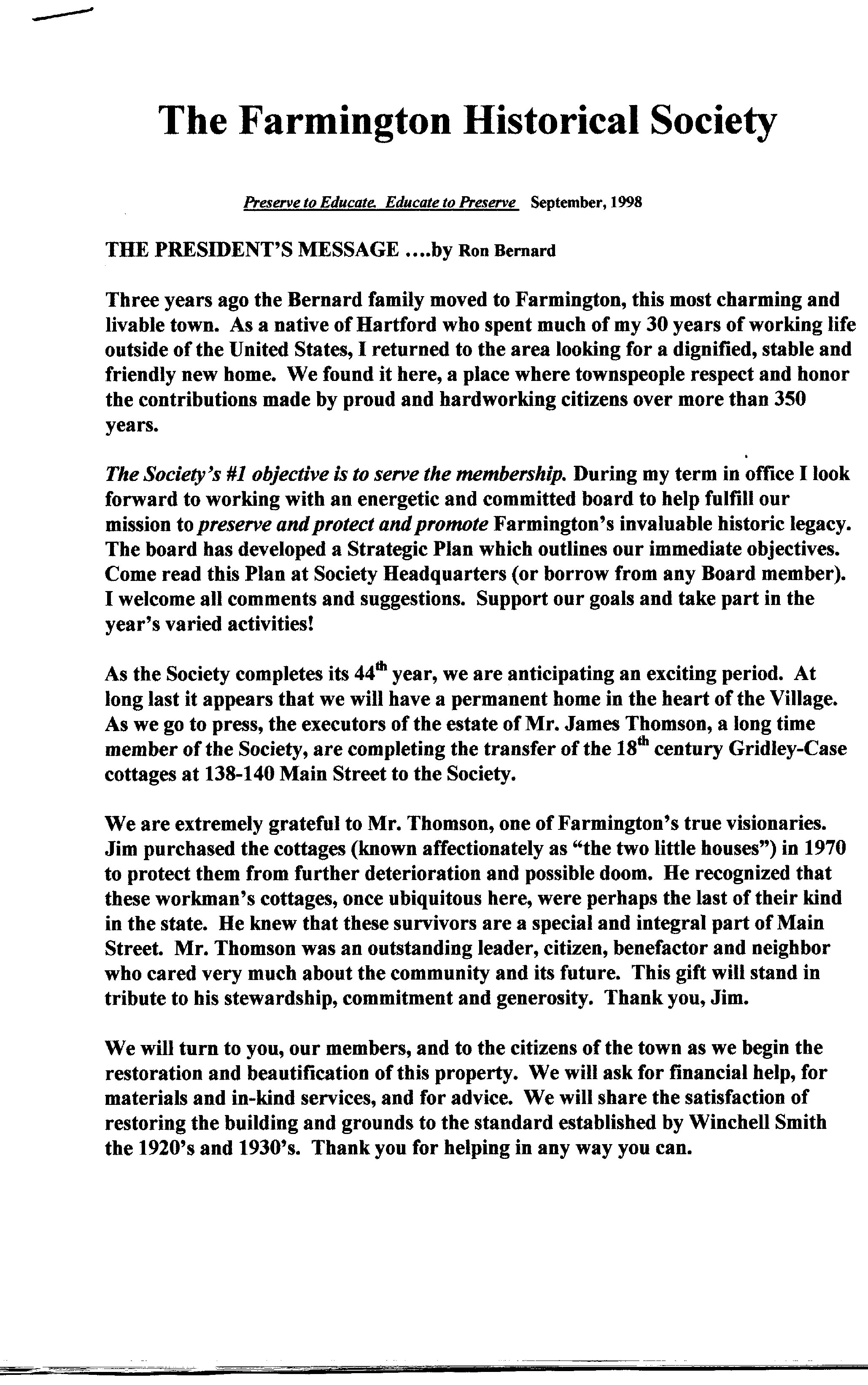Farmington Landscape Artists

Other nineteenth-century landscapists worked in Farmington. Aaron Draper Shattuck (1832–1928) painted “Farmington River and Shore Foliage” in 1879. Daniel F. Wentworth (1850–1934) painted the Grist Mill in 1884, Allen Butler Talcott (1867–1908) “Route 10” at the turn of the century, and William R. Wheeler (1832–1893) “The Farmington River,” ca. 1884. Sanford Gifford (1823–1880) and Worthington Whittredge (1820–1910) may have painted here as well. The prolific Nelson Augustus Moore (1824–1902) of Kensington summered in Farmington in 1853, and one must imagine that he also painted here.
Though Farmington’s aesthetics remained remarkably constant as the years went by, American styles did change slowly under the influence of John Constable, William Turner and John Ruskin (1819–1900). Ruskin and the American Pre-Raphaelites, like Brandegee, favored the exact depiction of nature. One of Brandegee’s teachers, in fact, was Thomas Charles Farrer (1839–1891), a pupil of Ruskin and advocate of Ruskin’s ideas in Farmington and New York. As young artists returned from abroad in the 1880s, these English and European influences were felt in Farmington, but they coexisted with the simpler and more austere American styles. Elsewhere in America, painters evolved from Hudson River to Barbizon and finally to Impressionist styles. In Farmington, landscapes remained generally small in scale – quiet, gentle and realistic in execution, avoiding the bright hues and dashing brushwork of their Connecticut Impressionist contemporaries.



